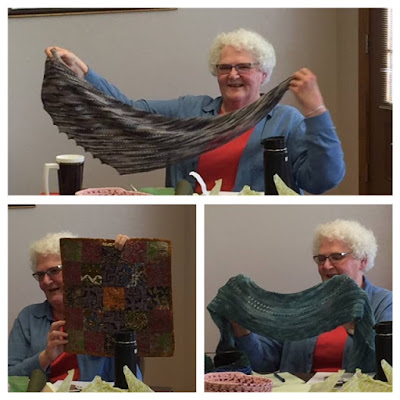 |
| source |
Ever since archaeologists discovered Must Farm, which has been called Britain’s Pompeii, they have been uncovering small clues as to what life was like for the families that lived here. This ball of yarn is one of the most delicate finds–extraordinary in its survival over all these years.
In the week since the yarn was first found (July 2016) the team has carefully cleaned it up. “Excavating and cleaning artifact this fragile is not easy but seeing them up close like this really shows how remarkable these finds are,” the team wrote on their Facebook page.


















































